
Since Hungary is a landlocked nation in the heart of Europe, some of these Christmas traditions might be found in other countries.

It has become a tradition to hold an outdoor exhibition at Várkert Bazaar during Advent, which is in some way connected to the festive season. This year, a poster exhibition, evoking the atmosphere of winter celebrations in the communist era of the 1970s and 1980s, has been on display in Várkert Bazaar under the title The World of Retro Winters.

While shooting scenes for his new film, Alone at Dawn, in Budapest, Hungary, Oscar-nominated actor Adam Driver visited a concert at the Franz Liszt Academy of Music in his spare time. While this took place in November, the Academy did not share it until a few days ago.

Viktor Orbán says Hungary helped derail Brussels’s plan to use frozen Russian assets to finance Ukraine, crediting behind-the-scenes diplomacy and Belgium’s leadership in forming a blocking minority. He warned that asset seizure would provoke Russian retaliation and argued the decision spared Hungary heavy costs at a critical political moment.

Why does Germany react with moral panic to Washington’s 2025 National Security Strategy, a document clarifying national interests while exposing Europe’s civilizational erosion, strategic weakness, and German political culture that treats realism as illegitimate, borders as taboo, and national interests as extremism, revealing Germany’s inability to act as a nation?
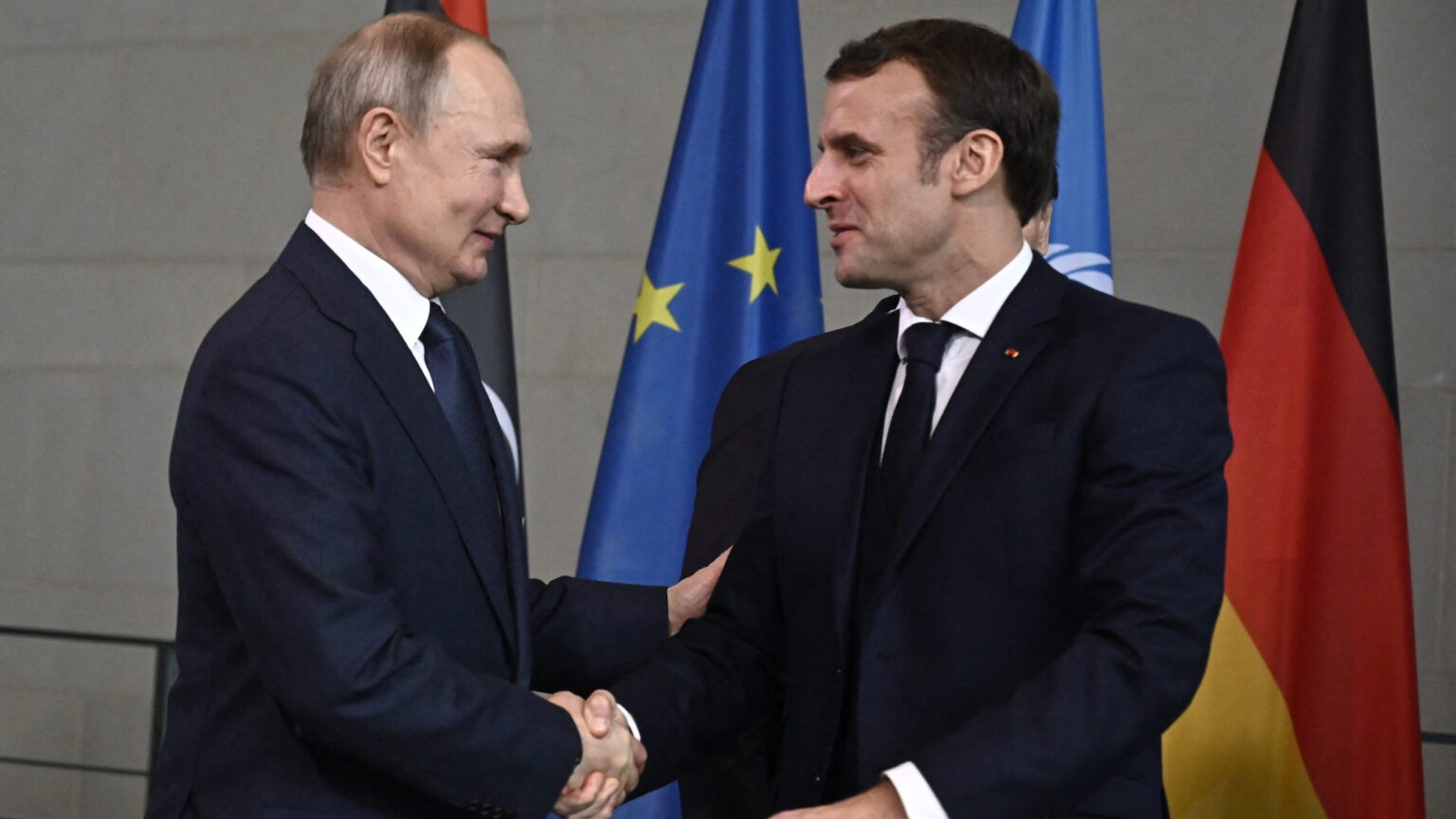
France is lobbying Berlin to approve a Russian-linked nuclear fuel project in Germany, with Macron himself applying diplomatic pressure behind the scenes. The initiative cuts against the EU’s REPowerEU strategy and signals that key member states are quietly planning for economic normalization once the war ends.

Black Friday bargains largely failed to materialize for PC buyers this year, as soaring component prices pushed computer costs sharply higher. Memory modules in particular surged, adding up to 10–20 per cent to final prices and threatening further increases across electronics.

Spain’s regional election in Extremadura has delivered a major breakthrough for Vox, which doubled its seats and entrenched itself as a decisive force in a former Socialist stronghold. The surge benefits a close political ally of Viktor Orbán and underscores the expanding reach of the Patriots for Europe alliance within national and regional politics.

Europe stands at a crossroads between a Brussels-led war path and Hungary’s logic of peace, the Center’s Miklós Szánthó wrote in a Facebook post. He warned that sanctions, debt, and prolonged conflict threaten Europe’s economy, arguing that only Viktor Orbán and Hungary’s pro-peace right can keep the country out of war.
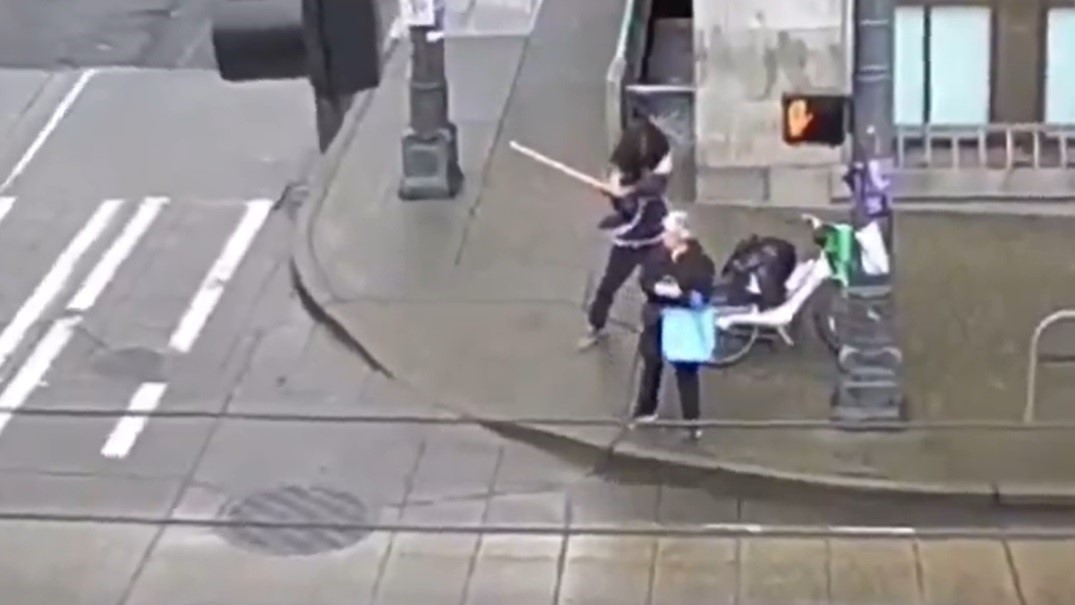
A shocking assault on a 75-year-old Jeanette Marken in Seattle has reignited accusations of selective silence in Western mainstream media. Footage shows a known career criminal brutally attacking the victim, yet major outlets have largely avoided coverage, prompting comparisons to earlier cases where politically inconvenient crimes were downplayed or ignored.
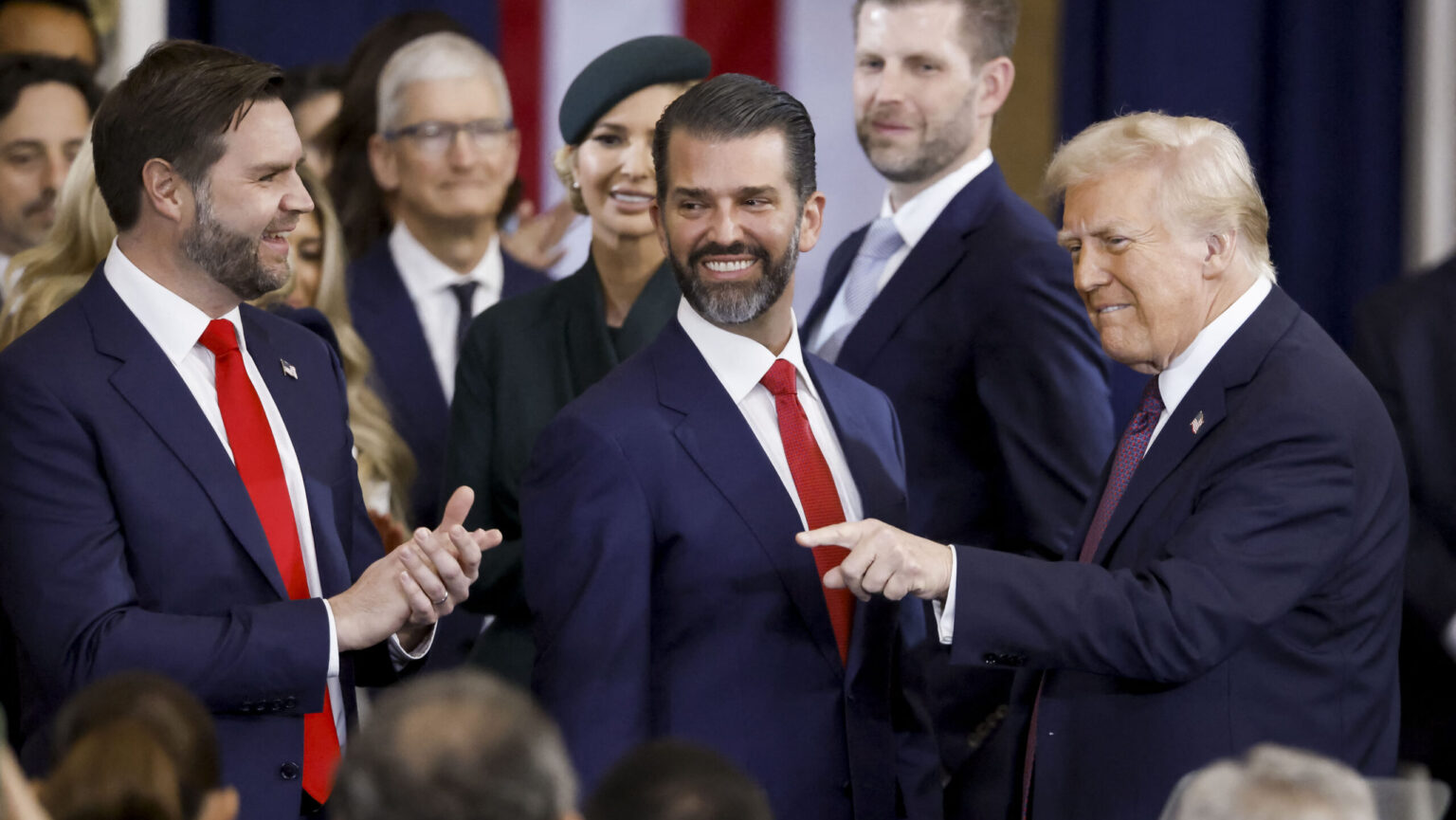
The average US gallon of gas costs under $3, the Dow Jones is up 13.5 per cent YTD despite April’s 13 per cent drop amidst the tariff frenzy, and JD Vance seems set for the 2028 Republican nomination. Yet the government shut down for 43 days, letting Democrats win NJ and VA gubernatorial races: here are the second Trump admin’s biggest Ws and Ls for 2025!

‘I do think we’ve got to make it clear that visas will not be issued to people with a history of antisemitism or a history of support for ideologies which are inconsistent with the liberal, pluralist, democratic way of life that we enjoy in this country.’

Once symbols of festive calm and Christian heritage, Western Europe’s Christmas markets have increasingly become targets of Islamist terror since the early 2000s. From Strasbourg to Berlin and Magdeburg, repeated attacks and foiled plots have reshaped how Europe celebrates Christmas—forcing heavy security, cancellations and a growing sense of fear.

‘Christmas markets were more than commercial centres; they granted place for charitable acts, such as donations for nurseries and children’s shelters.’
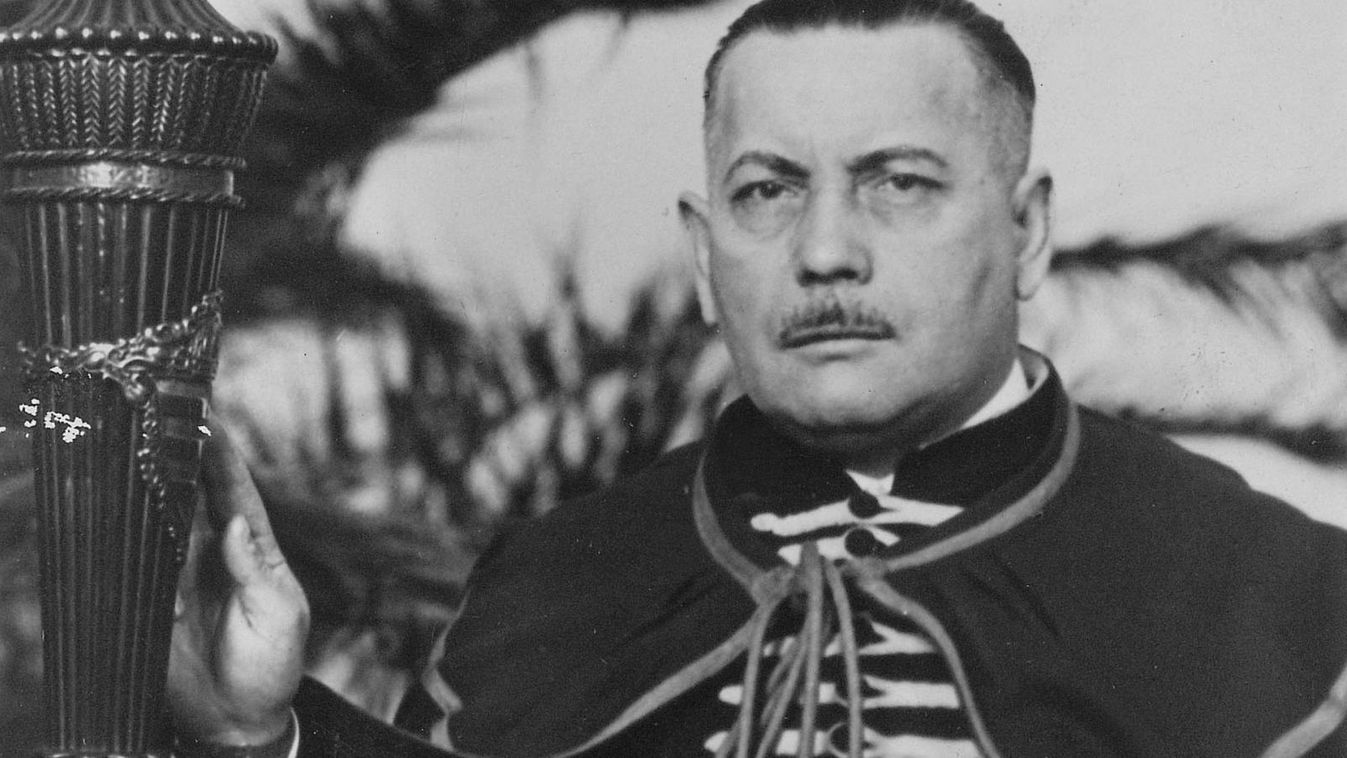
‘It is a fact that if there are enigmatic figures in 20th-century Hungarian history, Kálmán Rátz is certainly among them.’
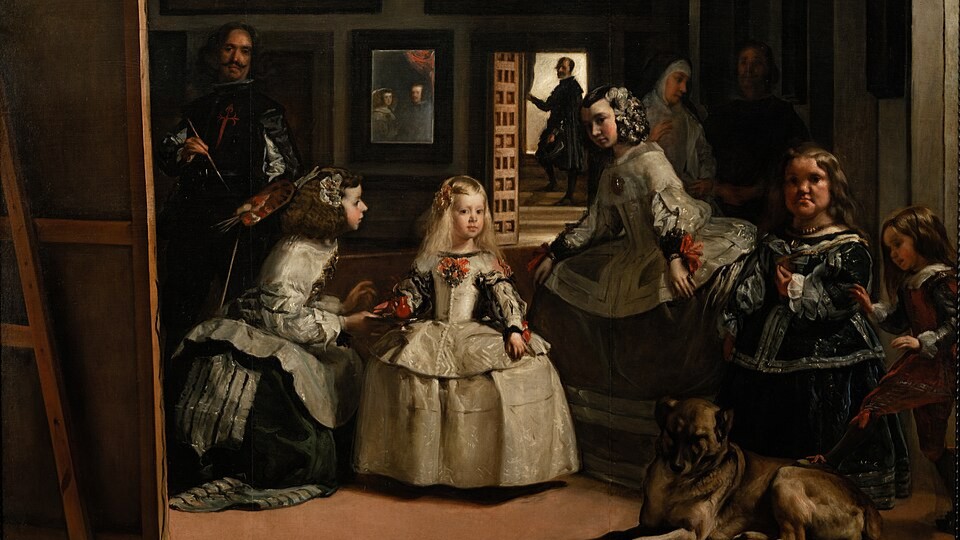
‘The American Republic in the first half of the 19th century gradually drifted away from the Founders’ original vision and embarked on the path of modern mass democracy. The final result of this, paradoxically, became exactly what the Founders had feared…The Jacksonian rejection of the principle of hierarchy led not to the fulfilment of freedom, but to the rise of a new, faceless form of tyranny.’

‘The radio goes on air every weekend, yet people are less and less willing to join in and sacrifice time for the community. Until we find someone who falls in love with the radio—and through it, falls in love with the Hungarian community—we have no chance of ensuring the radio’s survival. We’ll keep doing it until the microphone falls out of our hands…’

Artificial intelligence is set to enter a new phase in 2026, evolving from a practical tool into a true digital partner. A new Microsoft study says Hungary is keeping pace, with the infrastructure in place to close the AI gap with Western Europe.
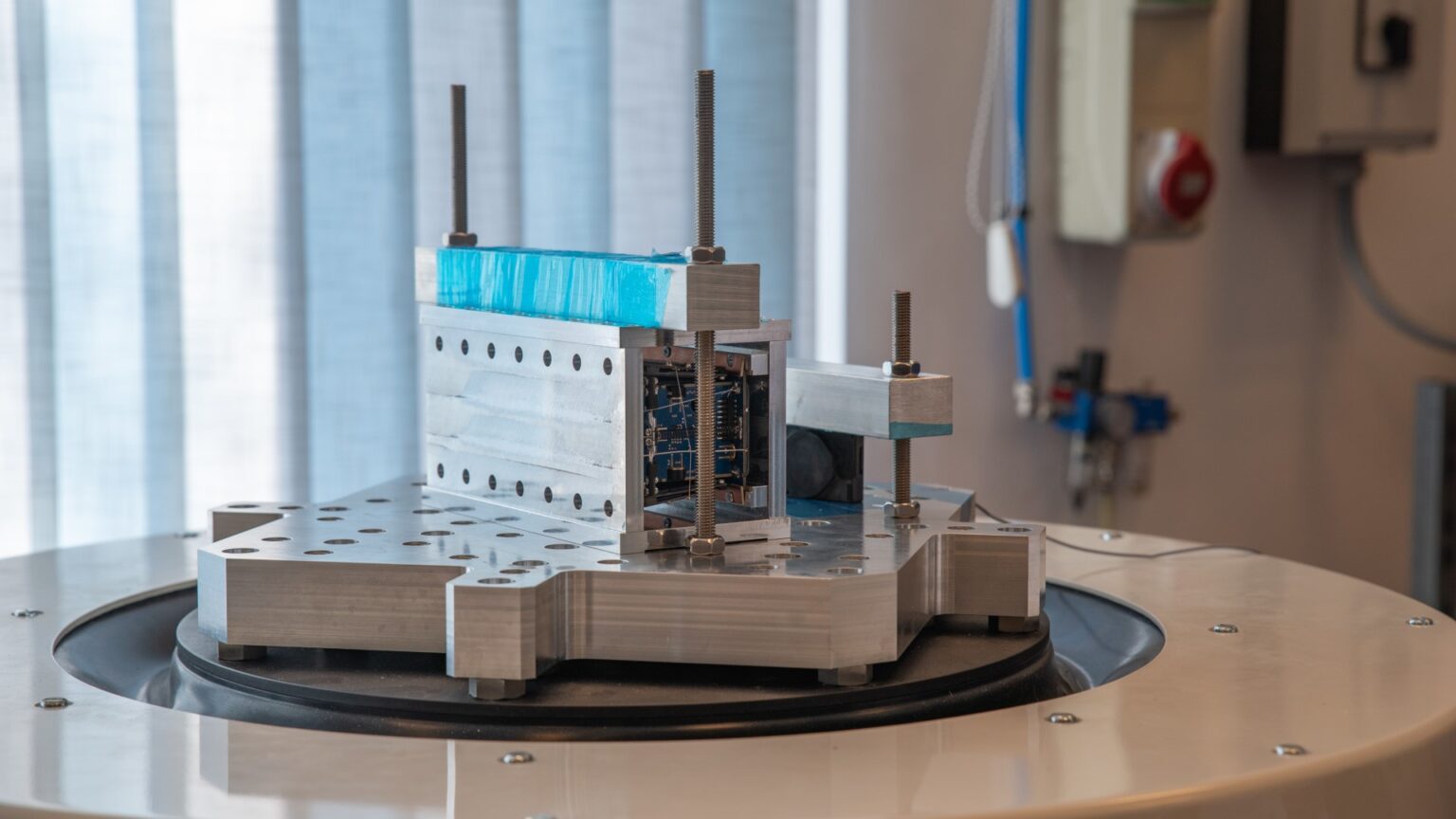
Hungary has established contact with Hunity, the sixth student-built satellite of Budapest University of Technology and Economics, launched by SpaceX in late November. After successful system checks, the tiny spacecraft is now communicating from low Earth orbit.
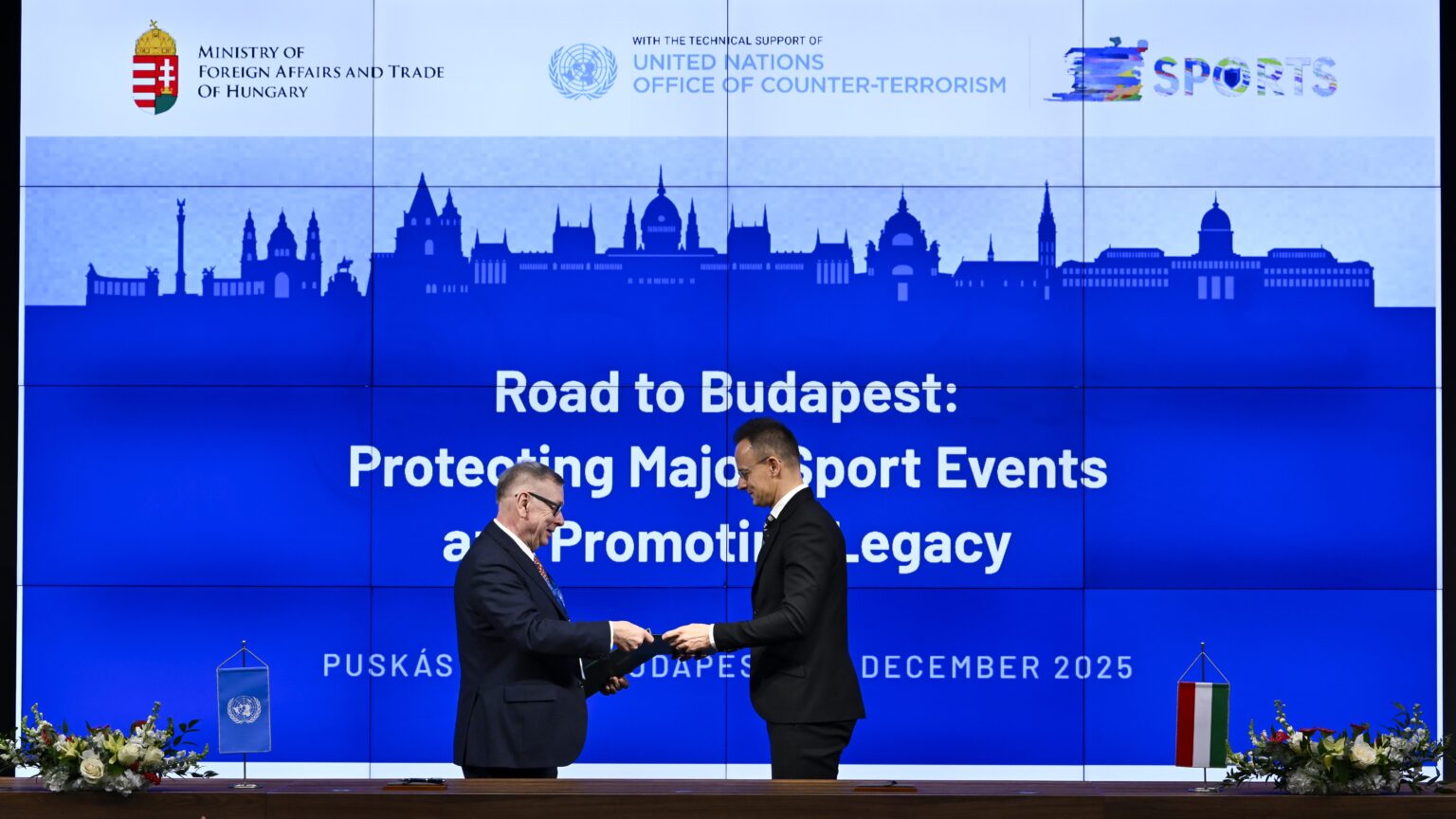
Hungary has signed a cooperation agreement with the UN Office of Counter-Terrorism to strengthen the security of major sports events, aiming to ensure that matches remain free from violence, extremism and security threats.
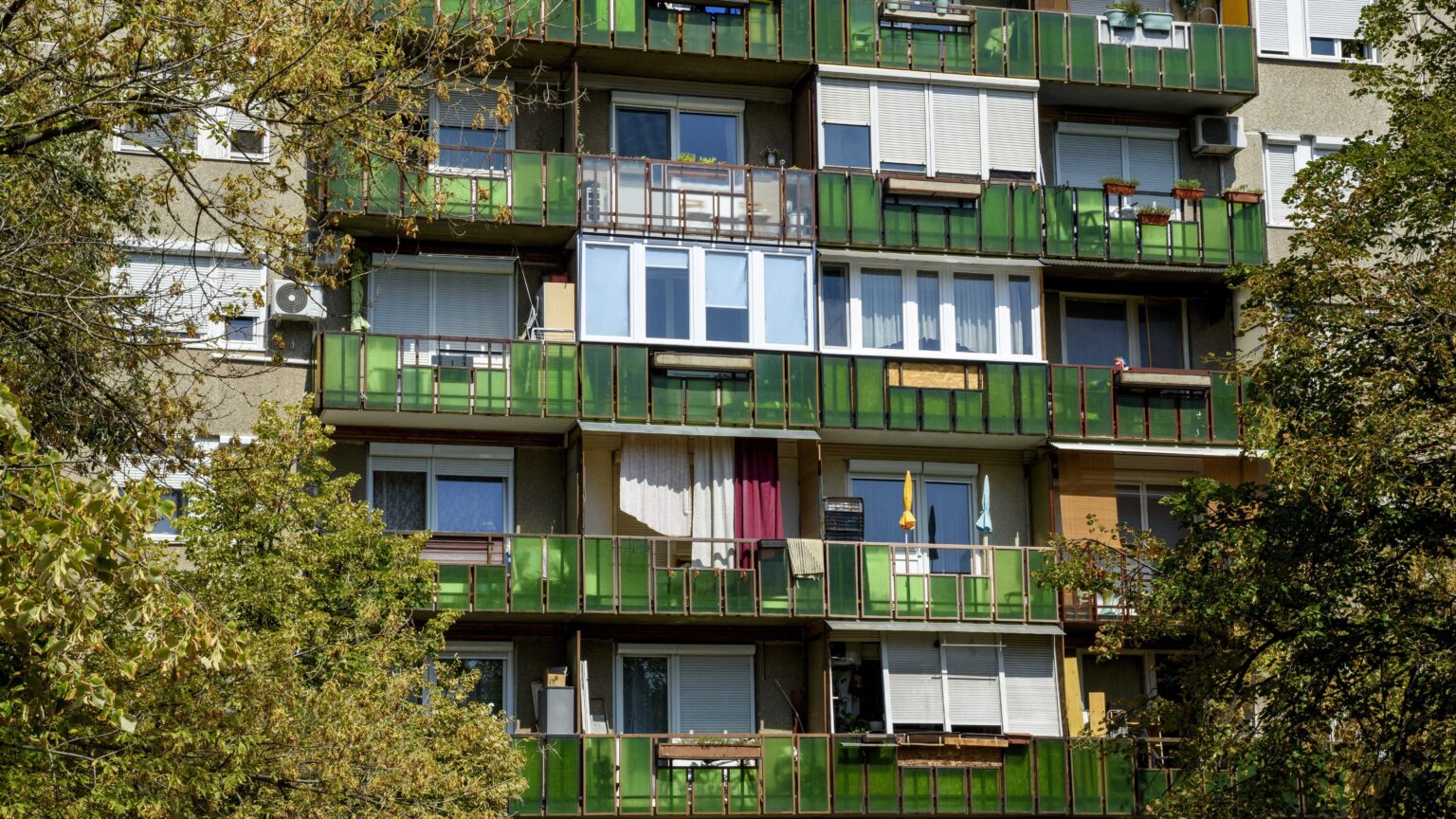
Budapest has launched the first phase of its Green Panel Programme, offering apartment blocks in Kőbánya access to grants for energy-efficient renovations, with the scheme set to expand to other districts to cut emissions and improve living conditions.
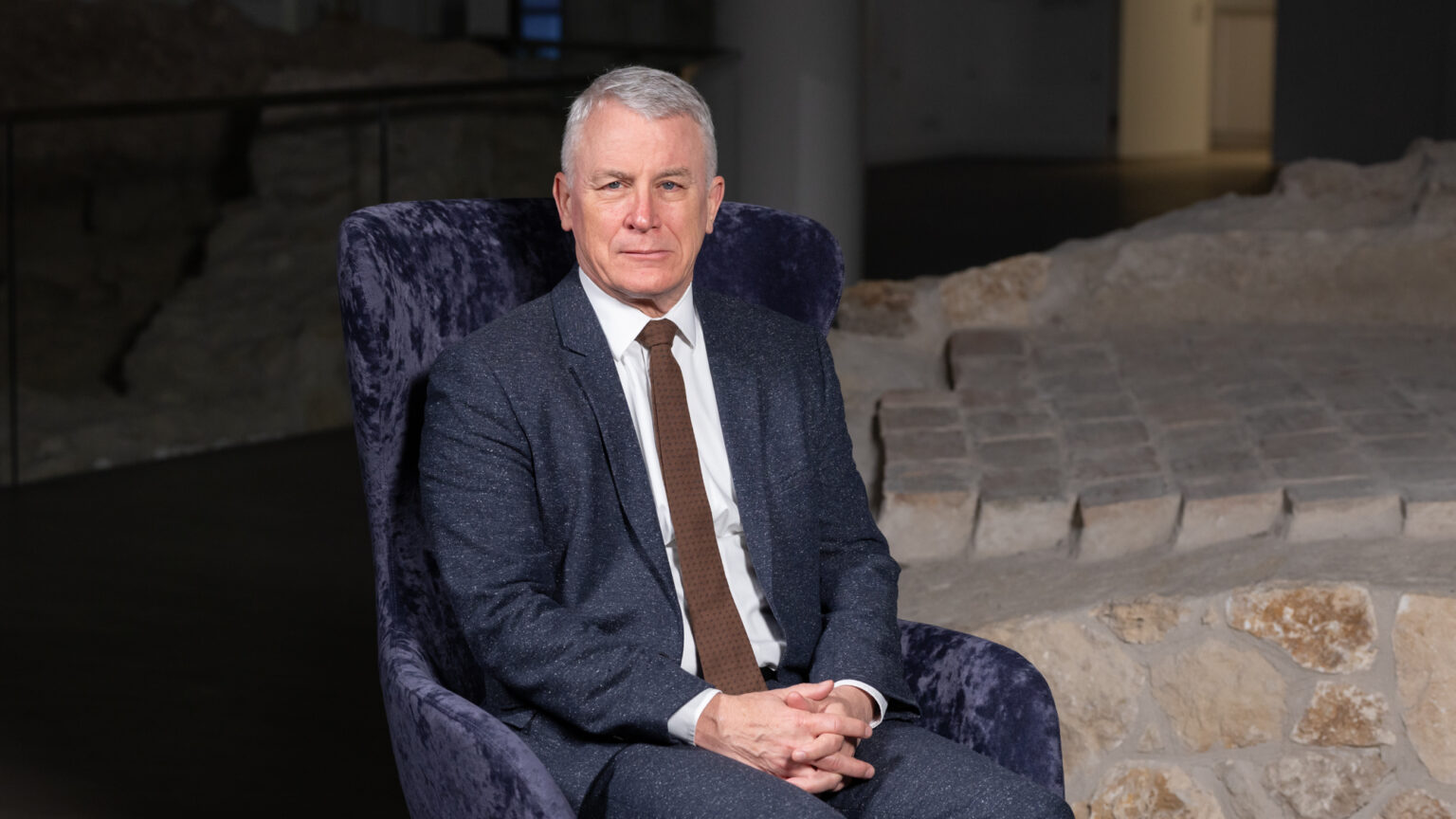
What are Russia’s minimum objectives for demonstrating victory? What will happen to Gaza? How can the West persuade Central Asia to cooperate with the US and Europe? We asked a former senior director at the National Security Council in George W Bush’s White House for a year-end analysis of the world’s three major geopolitical conflicts.
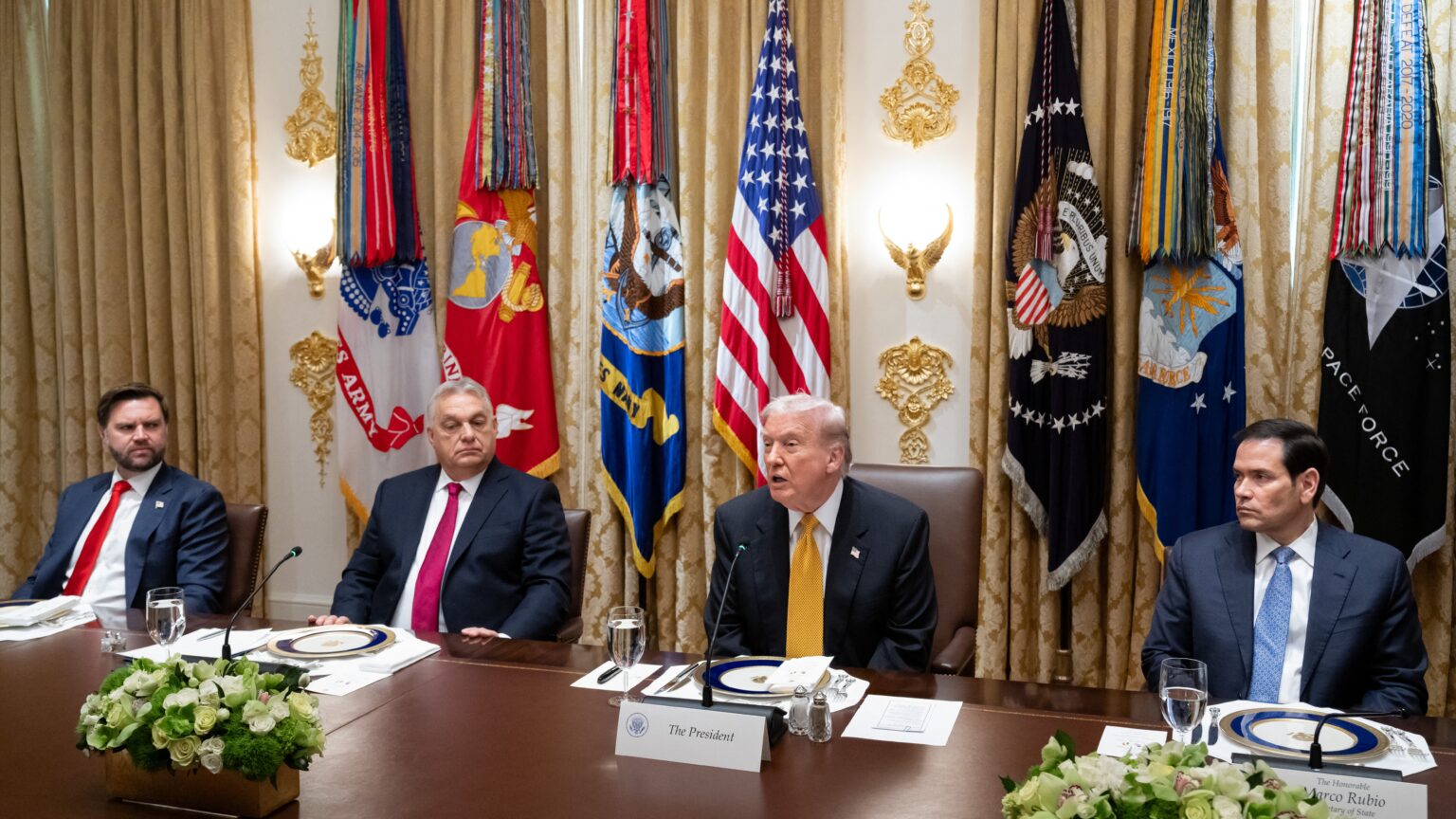
US–Hungarian relations are entering a new phase as defence cooperation moves from political signalling to concrete industrial partnerships. Preliminary agreements with Northrop Grumman and Lockheed Martin mark a strategic shift, strengthening Hungary’s NATO-compatible capabilities and defence-industry base.
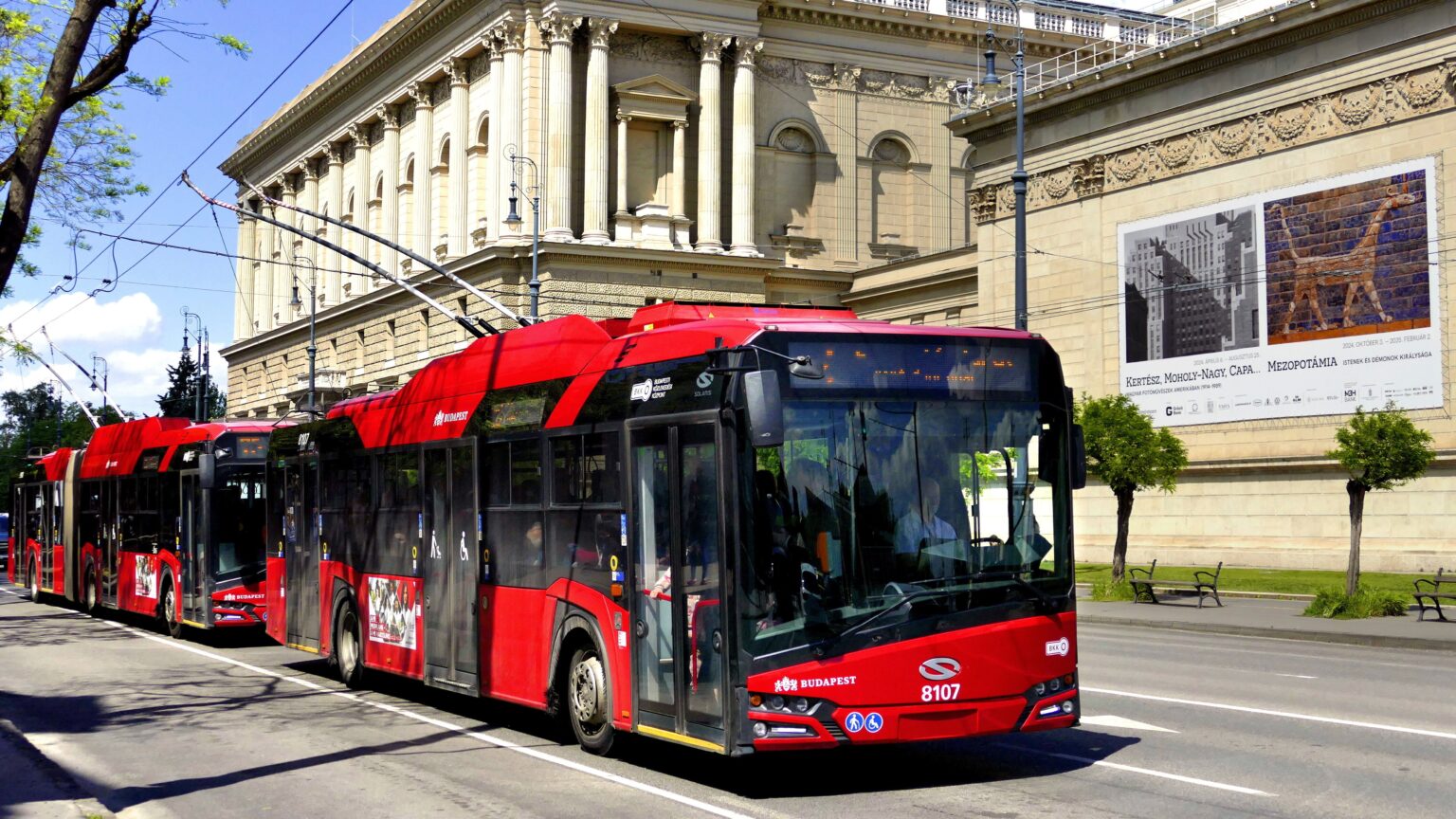
Budapest is set to strengthen its green public transport network after the city transport authority secured EU funding for 38 modern trolleybuses, a move that supports fleet renewal, network expansion and long-term sustainability goals in the Hungarian capital.
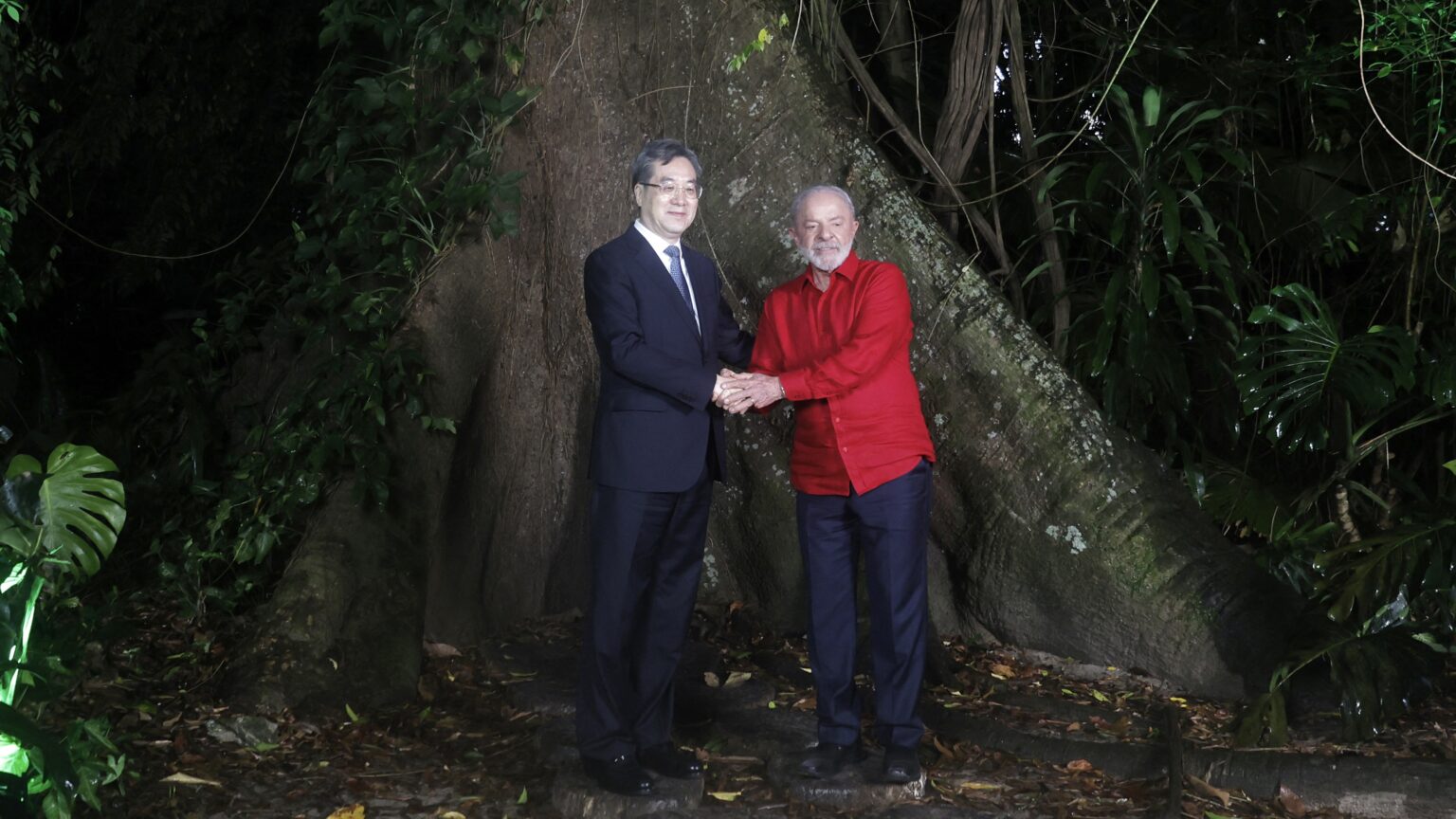
‘COP30 clearly signals the ongoing transformation of global climate governance. The United States’ partial withdrawal has noticeably weakened Western influence, while China has moved to fill part of the resulting vacuum through a stronger technological presence and a more assertive narrative.’
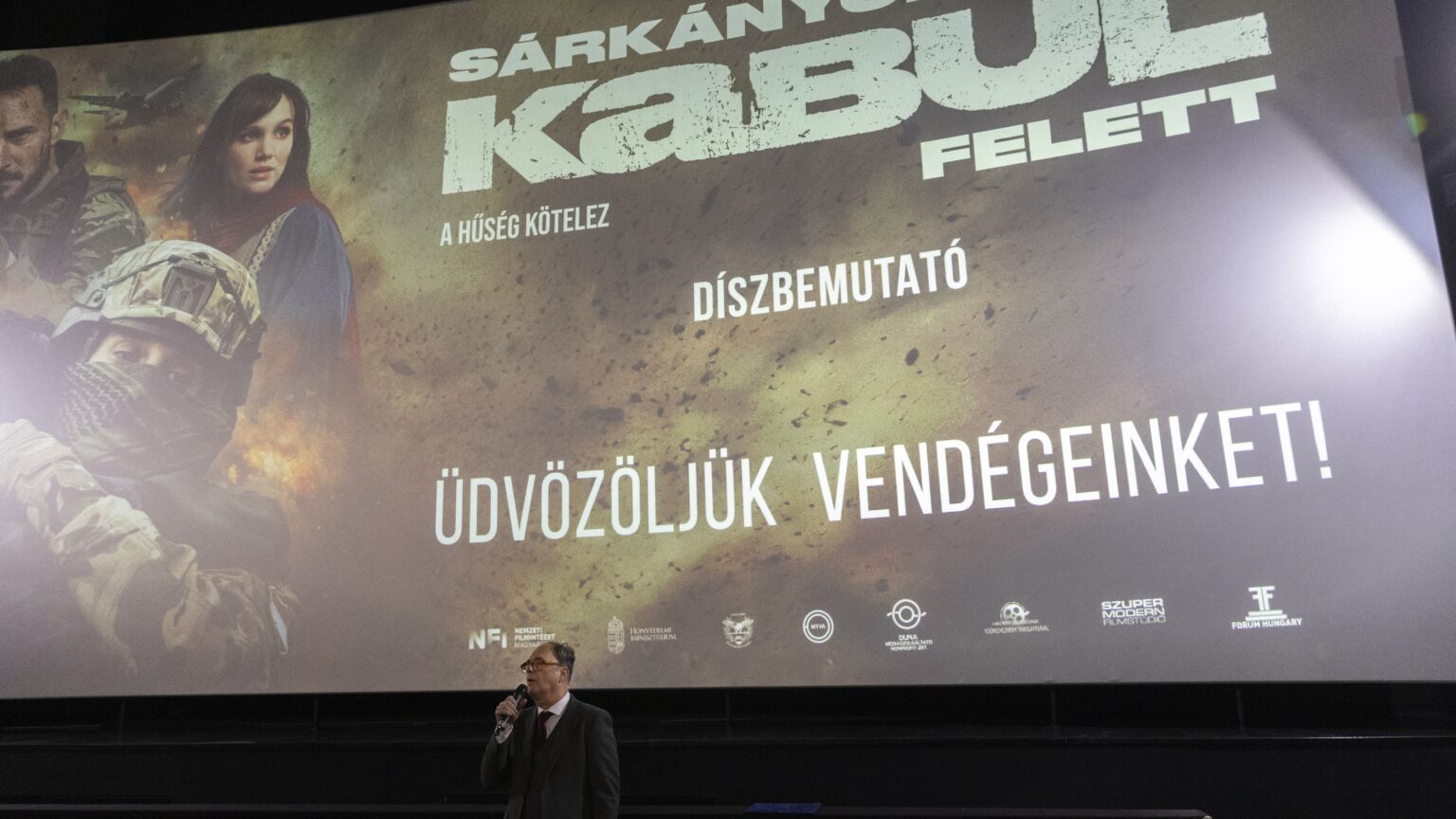
Hungarian cinema enjoyed a record-breaking year in 2025, as films backed by the National Film Institute passed two billion forints in box-office revenue and drew more than one million viewers, while winning dozens of international awards and boosting the global profile of Hungarian filmmaking.
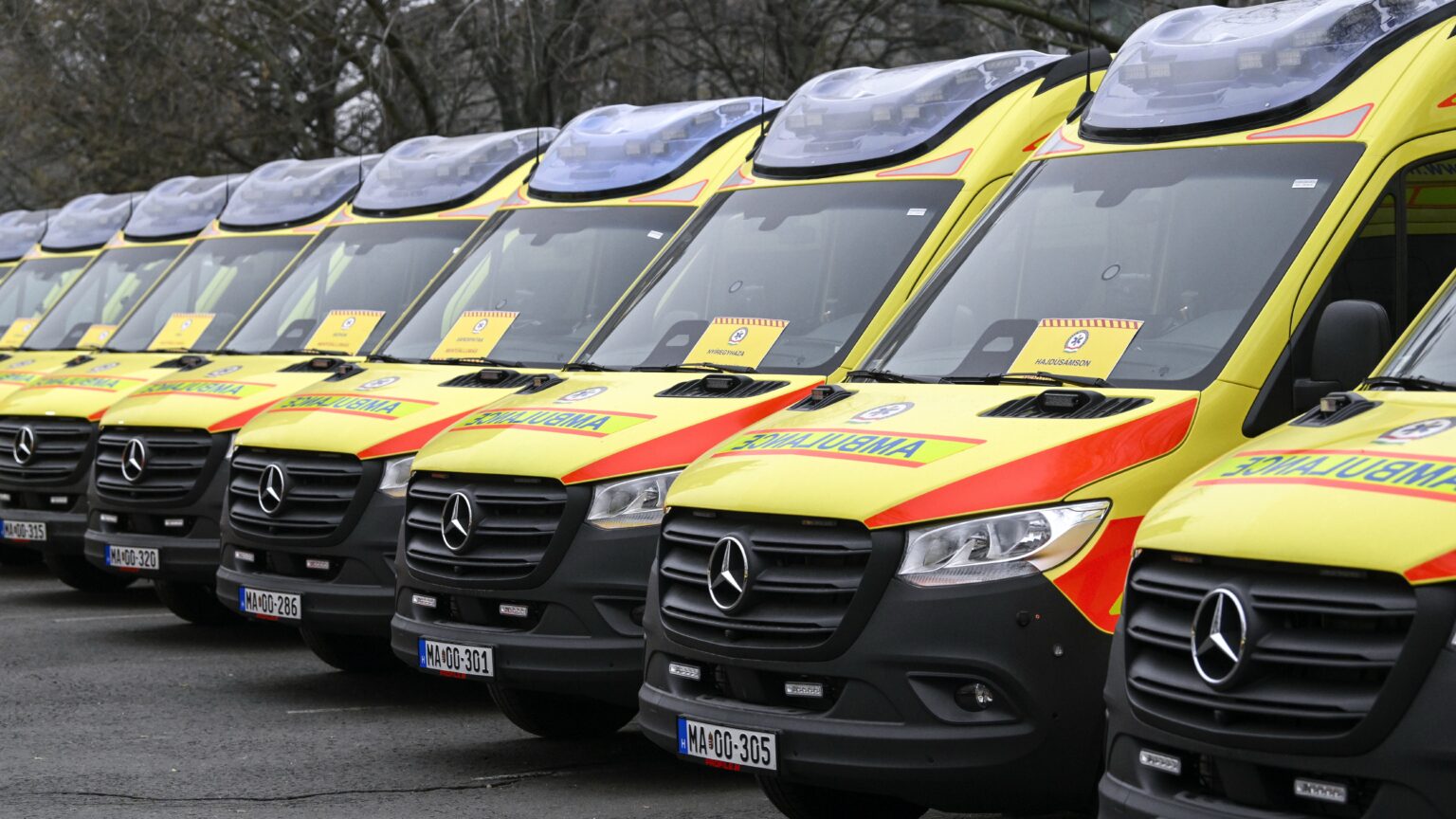
Hungary’s ambulance service is expanding its fleet as 43 new, state-of-the-art emergency vehicles enter service nationwide, strengthening patient safety and response capacity as part of a broader, multi-year modernization programme.
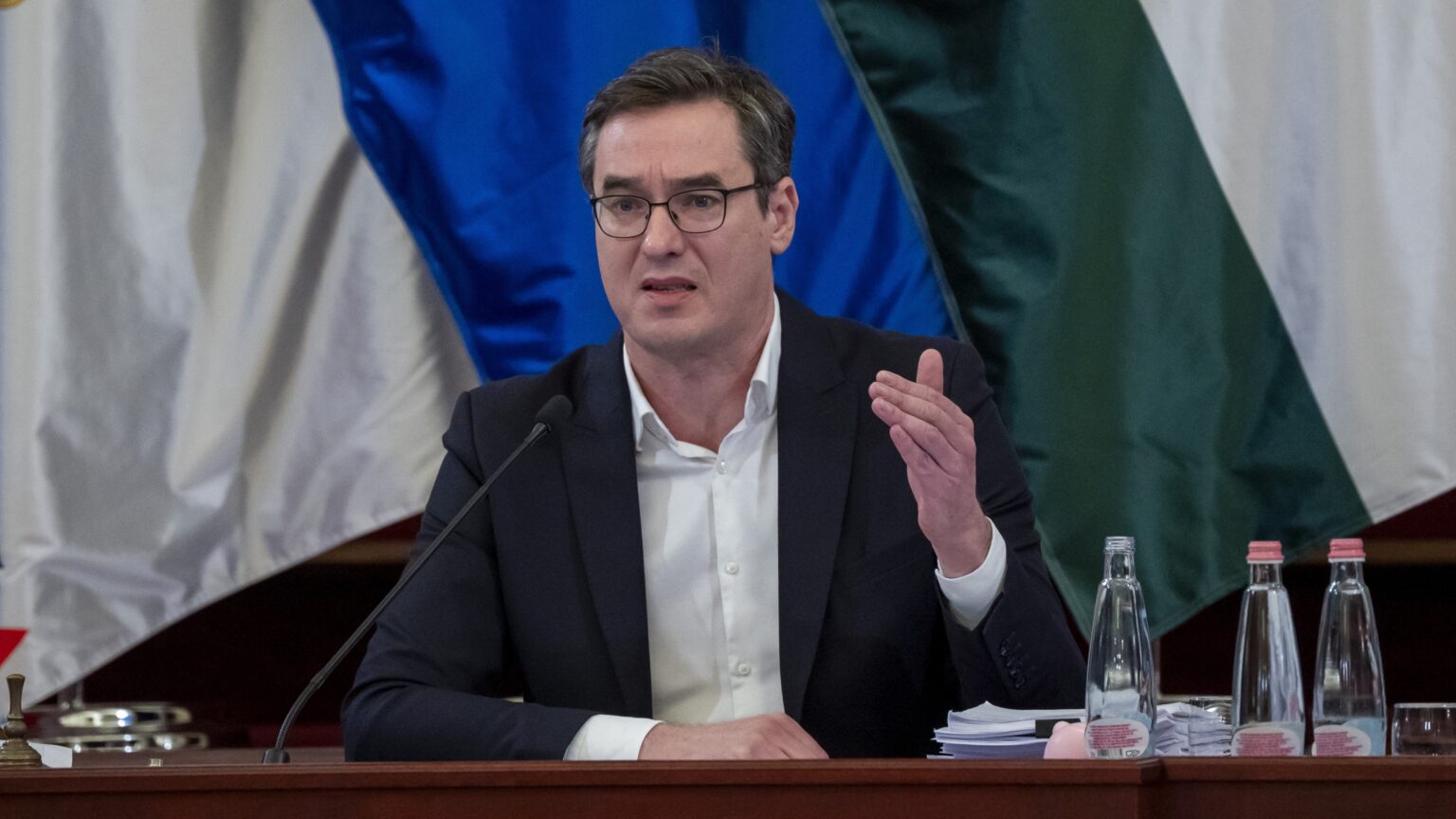
Budapest’s city assembly has approved the capital’s 2026 budget, setting total revenues and expenditures at more than 532 billion forints. The plan was adopted amid sharp political debate and ongoing concerns over municipal financing and state withdrawals.
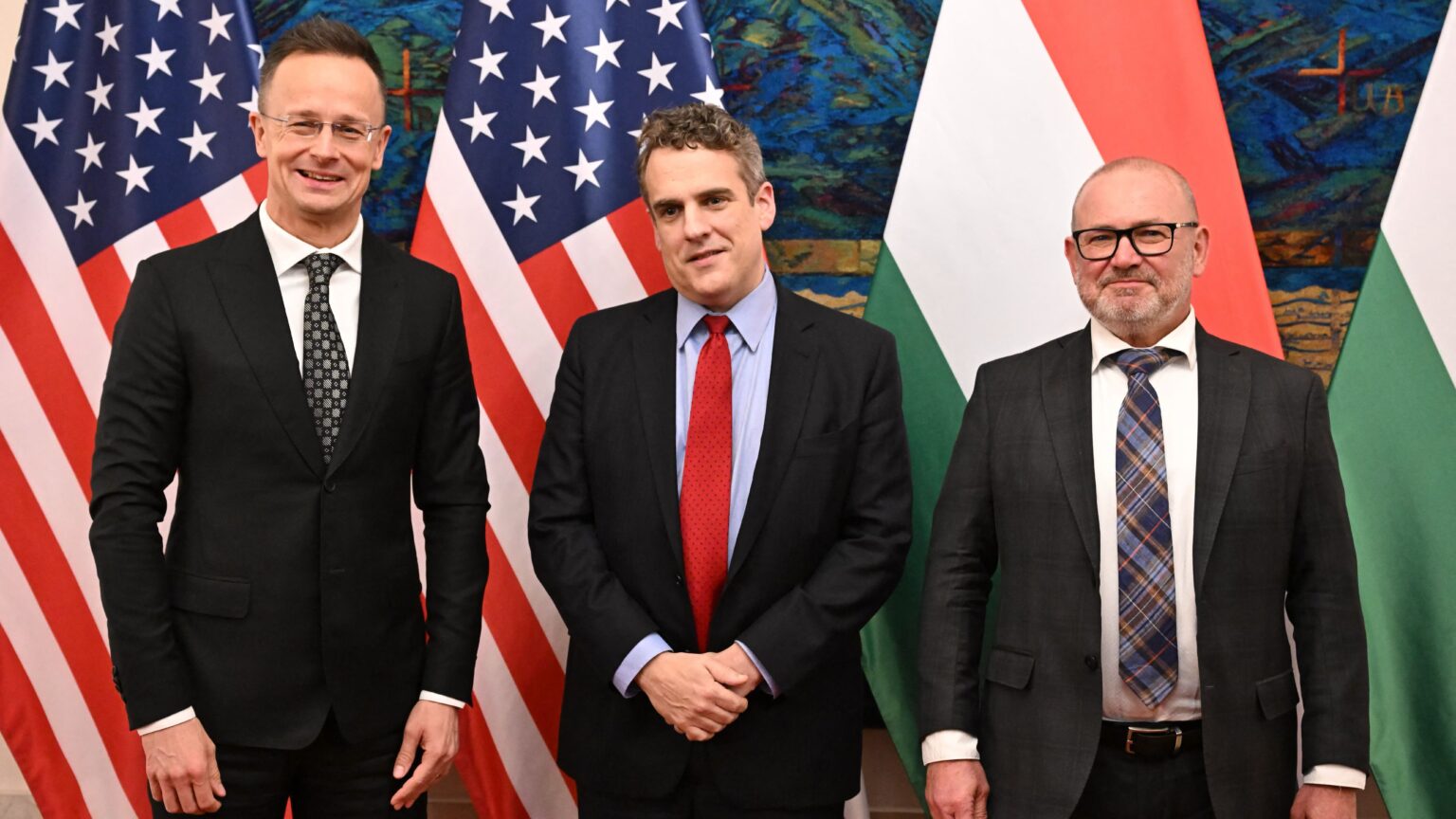
Hungary has reaffirmed its full support for US President Donald Trump’s peace efforts, arguing that a negotiated settlement must prevail over what it sees as escalating pro-war policies in Brussels, Foreign Minister Péter Szijjártó said in New York.
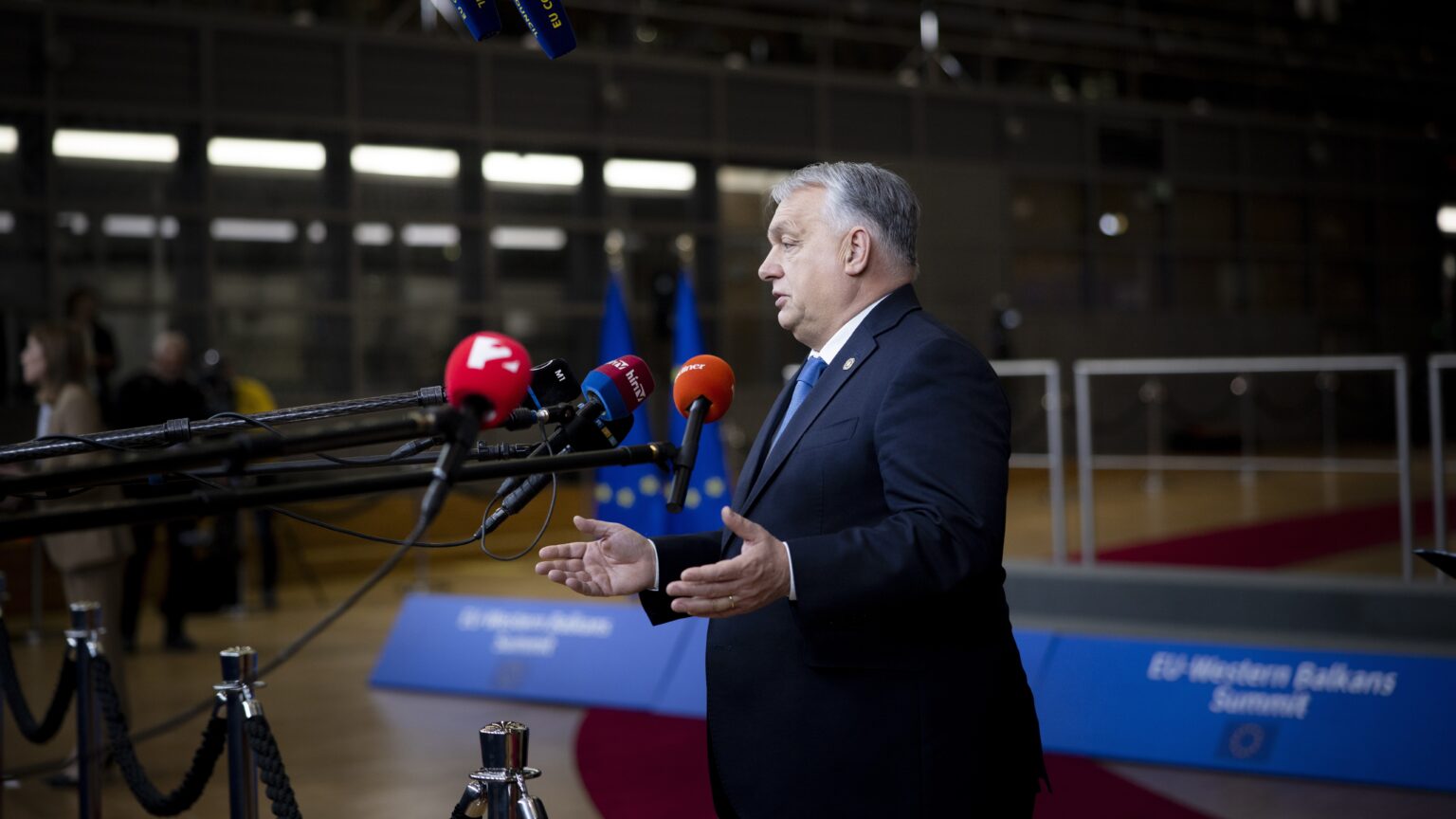
Prime Minister Viktor Orbán has accused the European Union of undermining member states’ rights by bypassing unanimity on frozen Russian assets, warning that such steps set dangerous precedents and risk dragging the bloc deeper into the war.